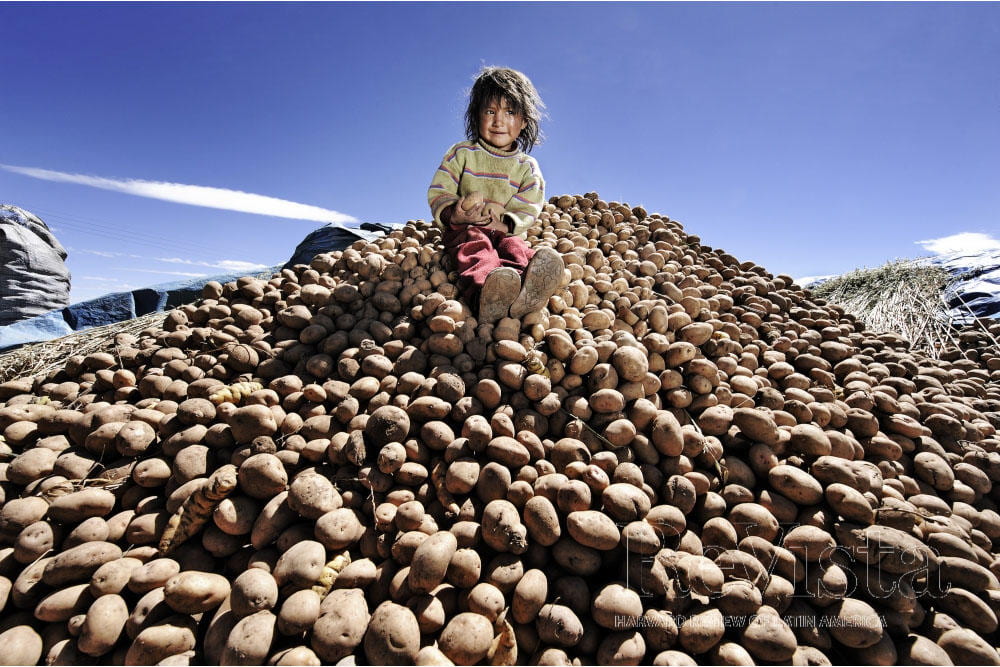
Peru
Fall 2014 | Volume XIV, Number 1
Table of Contents
Editor’s Letter →
by June Carolyn Erlick
First Take
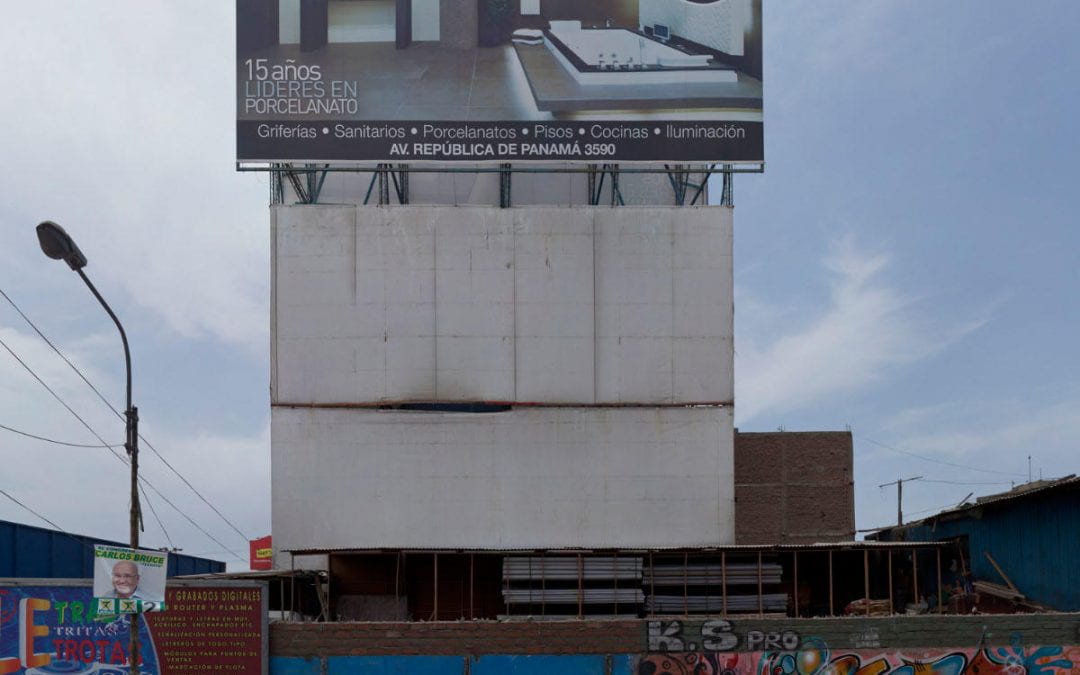
First Take: Paradoxes of Peruvian Democracy
For many observers, Peru has become one of Latin America’s great success stories. The country has boasted one of the fastest growing economies in the hemisphere for the last decade, with the economy nearly doubling in size. GDP growth averaged 6.5 percent a year between 2002 and 2012—the highest ten-year growth rate in Peruvian history.
Transformations
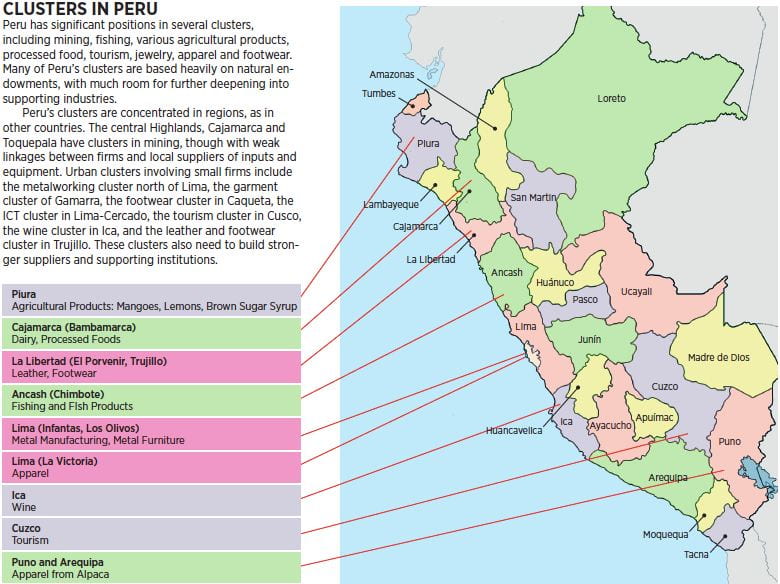
Towards a National Value Proposition
Peru has been one of the most remarkable economic growth stories of the last decade, both compared to its own historic record and to its peers in Latin America and beyond. A combination of sound macroeconomic policies since the mid-1990s and a benevolent international economic environment with growing demand for Peru’s natural resources has allowed the country to prosper.
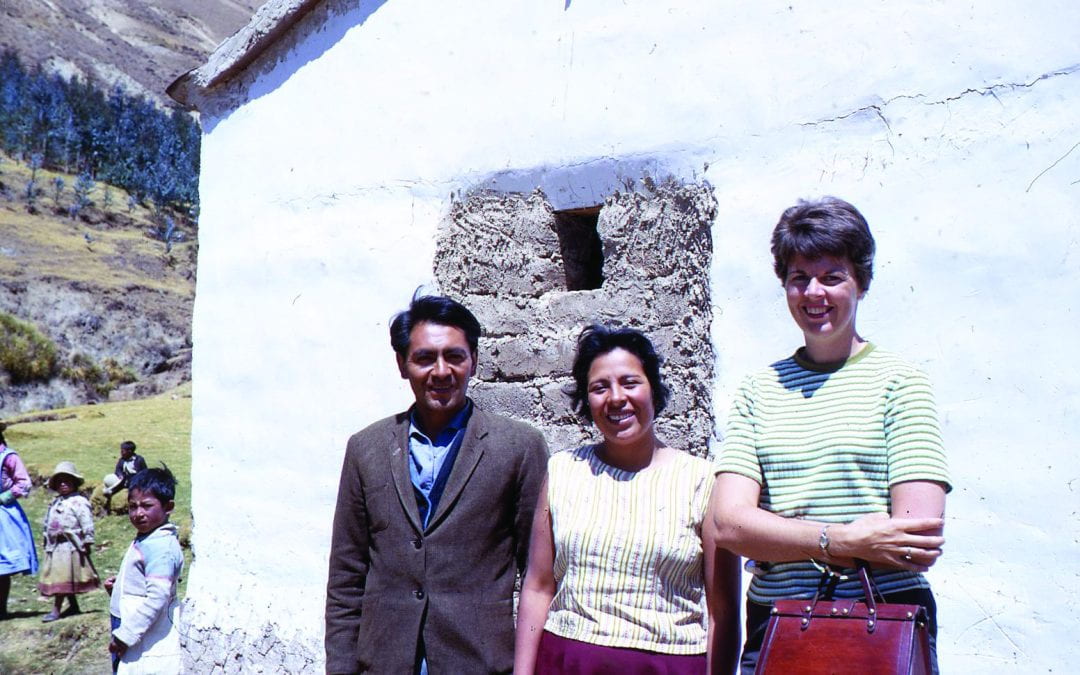
Seeking Progress in Twentieth-Century Peru
The year was 1993. My wife Barbara and I had just arrived in Lima, with the intention of working there for two or three years. I had a job in a USAID project, while my wife was part of a World Bank planning group in the Ministry of Education. Peru was just recovering from staggering blows, both economic and political.

Contemporary Peru and the Big Screen
English + Español
Peru is most certainly a country of distances, tensions and misunderstandings. Any overarching discourse breaks down at the insolence of the specific. Whether in economic, social, regional or cultural terms, generalizing arguments wither before the insurgency of the particular.
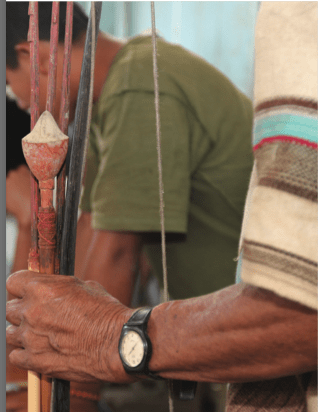
An Andean Puma Reaches Out
Something major has happened to Peru’s economic growth in the 21st century. Previously characterized by high inflation, recurrent balance of payments problems, endemic un- and under-employment, poverty and inequality problems, Peru has transitioned into an Asian-style economic success.
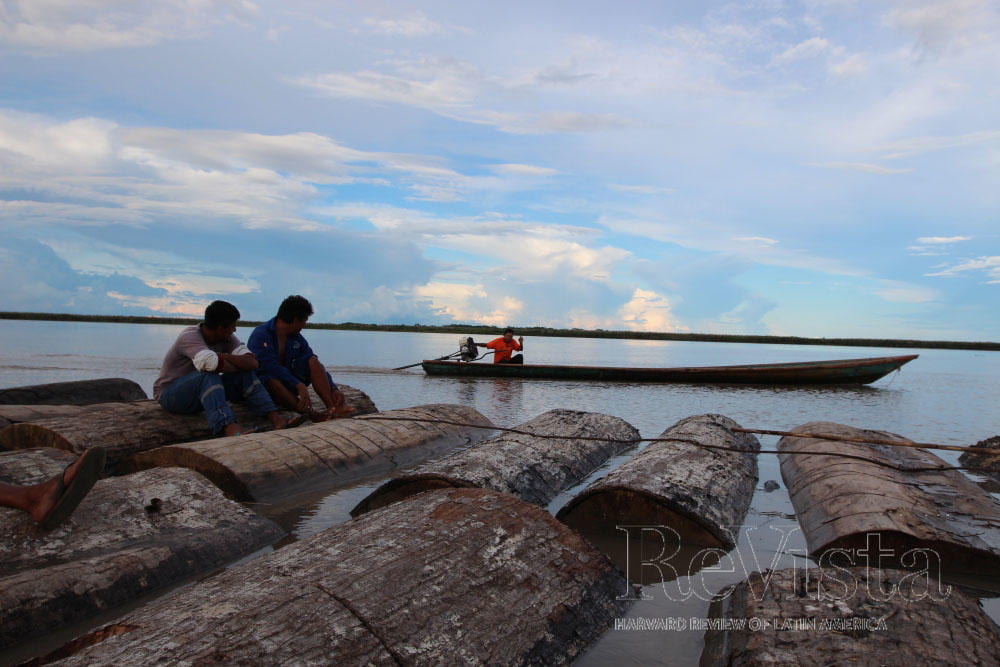
Building a Template for Sustainable Forestry
RIO UCAYALI, Peru— Sebastian Maringama snakes his way through an emerald wilderness. He’s moving through a thicket of old-growth forest flanking the Rio Ucayali in Peru’s northeastern Amazon. An octogenarian elder of the Ashéninka indigenous group, Maringama is dressed in a flowing gown with vertical stripes.
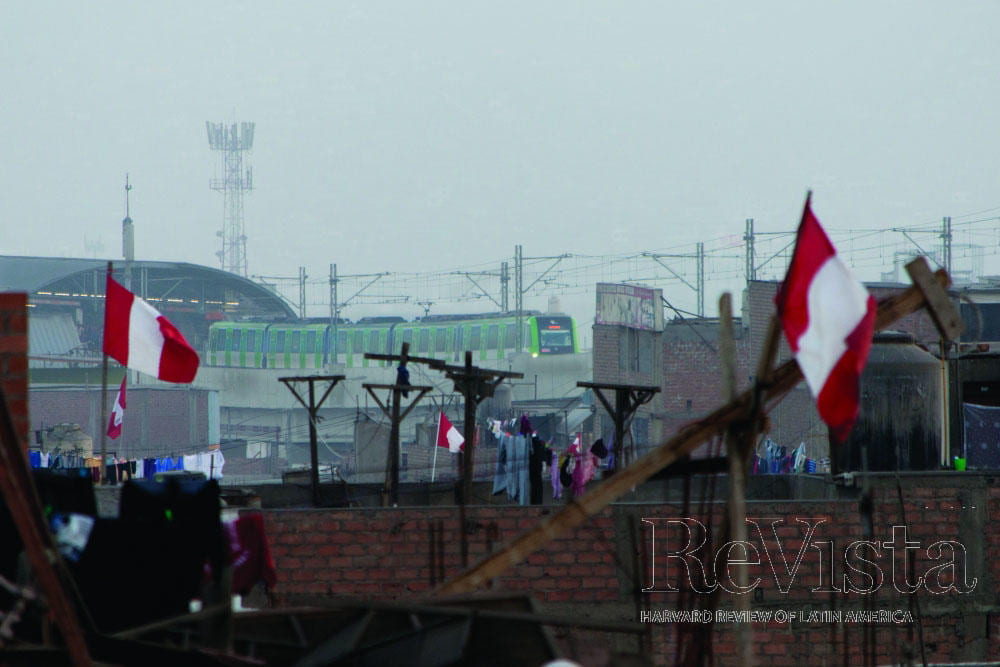
Protests over Resource Extraction in Peru
In 2001, the small town of Tambogrande erupted into violent protests over concessions to a large mining company. In Cajamarca, communities affected by mineral extraction have protested repeatedly against the increasing environmental degradation in the region.
City Views: Class and Culture
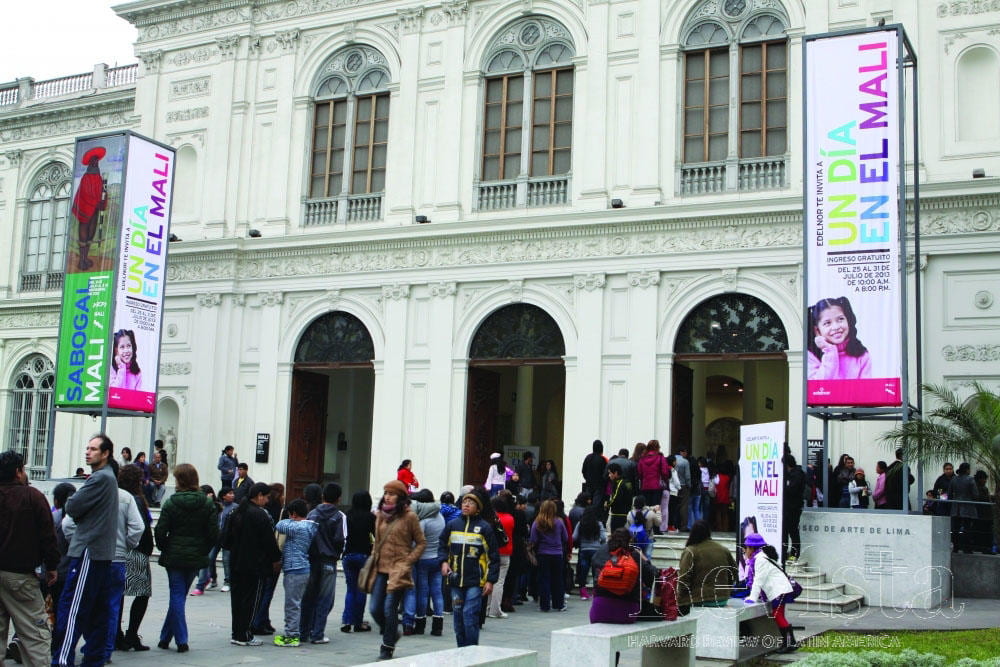
The Violence of the VIP Boxes
English + Español
In Peru, the upper class does not like to mix with those they consider different or inferior. Their maids on the beaches south of Lima are not allowed to swim in club pools and, sometimes, not even in the ocean. The VIP boxes at sports and theater events maintained by the government are a public display of a private practice that reproduces in the public sphere the worst aspect of private hierarchical structuring.
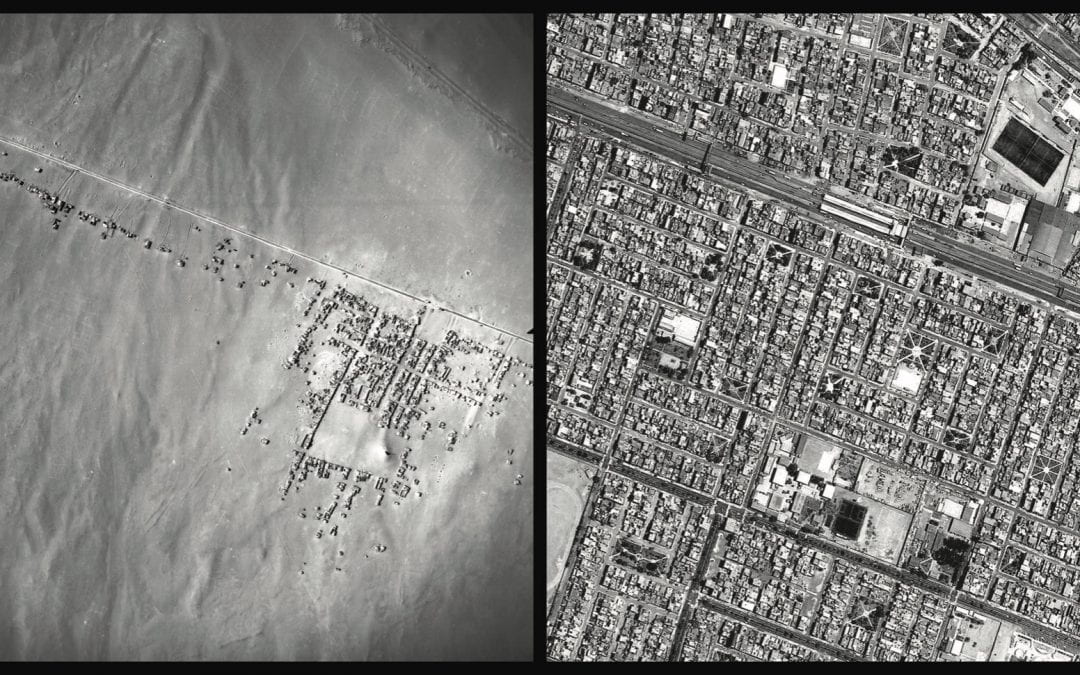
Reverse Urbanism
In 1973, eleven-year-old Rita arrived to Lima from Caraz, a town high in the Andes. Her mother used to work at my grandparents’ house in Caraz but sent Rita to stay with my family in Lima. Rita lived in our house for almost 20 years. She raised my brothers and me while finishing high school and then studying at the university.

Drizzling Protest
Drizzling Protest Why Limeños Don’t Take to the Streets As any visitor to Lima during July learns, the skies are continuously overcast with a blanket of grey clouds locals call the garúa. There are generally fewer than 30 hours of sunshine the entire month. Yet,...
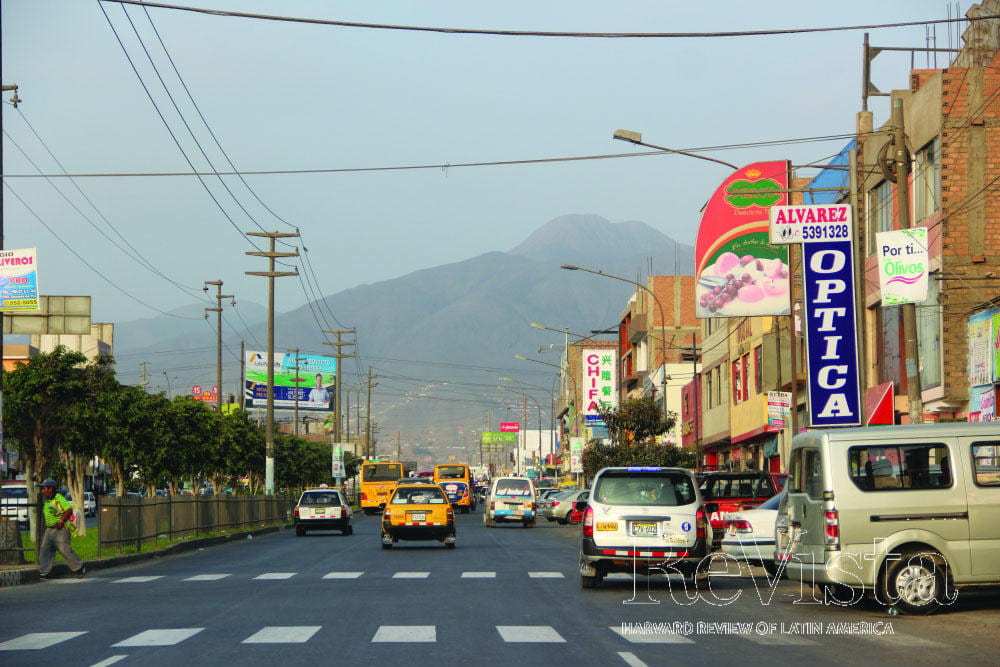
The Polycentric City
English + Español
It’s six in the morning and the combi pulls up to a crowded stop in an outlying community of Lima. Commuters are pushing to get a seat on the small bus, larger than a minivan and almost always jammed, seeking to make the long trip to downtown Lima. Micaela, who works in a…
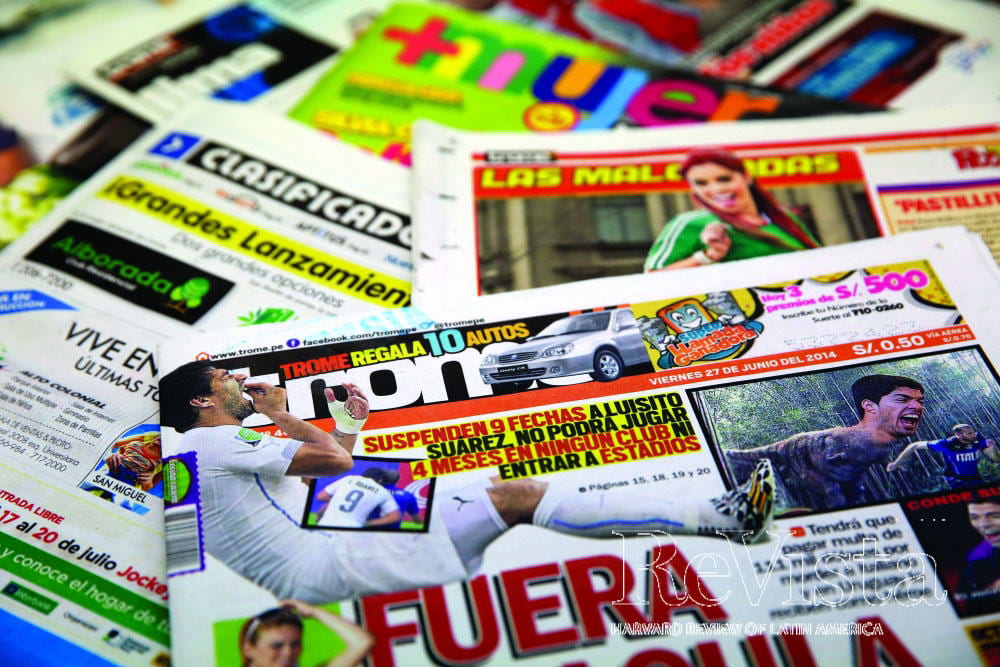
Best-Selling Newspaper
English + Español
Mabel Cueva makes a living selling Egyptian tarot decks, self-help books, pirated Paulo Coelho novels and other bestsellers in a makeshift book market in downtown Lima. When the day is slow, she reads a cheap tabloid filled with splashy headlines, coupon promotions, cash…
Gastronomy
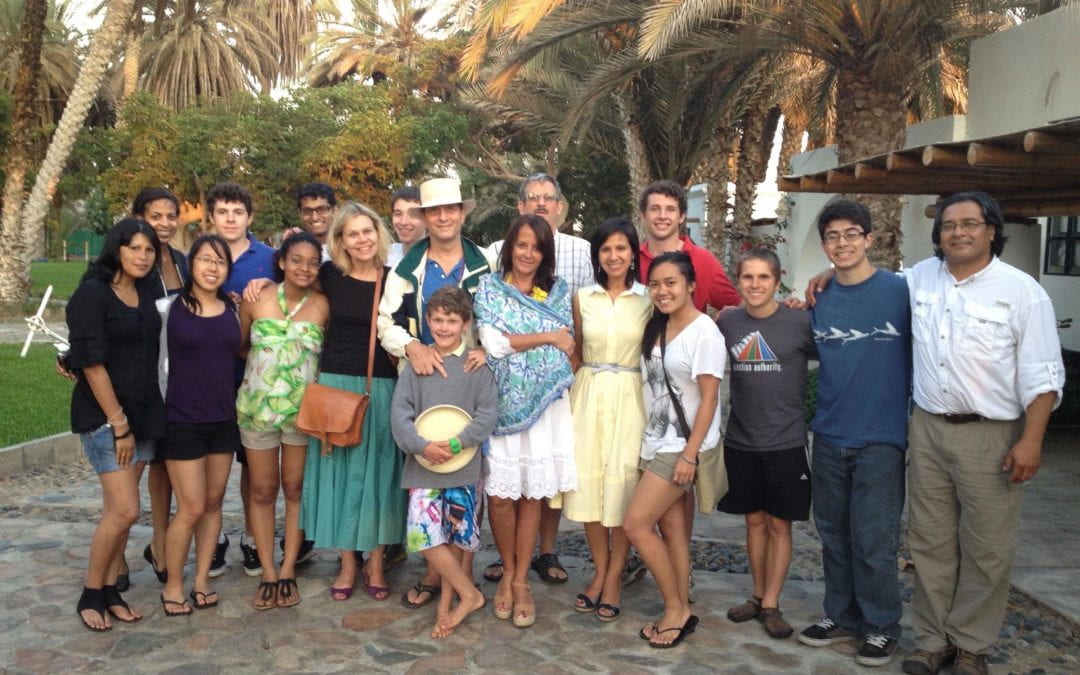
A Taste of Lima
Each one of us has a grandmother or mother, grandfather or father whose dish—humble or elaborate—transports us back in time or space, surrounds us with people, places, images, languages, and even fragrances of the past. The dish—or the memory of the dish—evokes a smile, or perhaps a tear, and generally seems inimitable by those who share the memory.

Fusion and Identity
I grew up far from Lima in Talara in the Piura region, a northern Peruvian city with stunning beaches that just happens to be the westernmost city in all of mainland Peru. The city enjoys an abundance of fish and shellfish, as well as large oil reserves. The International Petroleum Company (IPCo) settled in Talara in the 1950s, and my father (of Swiss-Peruvian descent) worked for this oil company as a geologist.

Dismantling the Boom of Peruvian Cuisine
I really enjoy Peruvian food, as much as I like doing research related to it. The fact that in my country cooking crossed from being simply itself to becoming a political and social phenomenon entices me intellectually. Indeed, there is a lot to say about the reasons that drove…
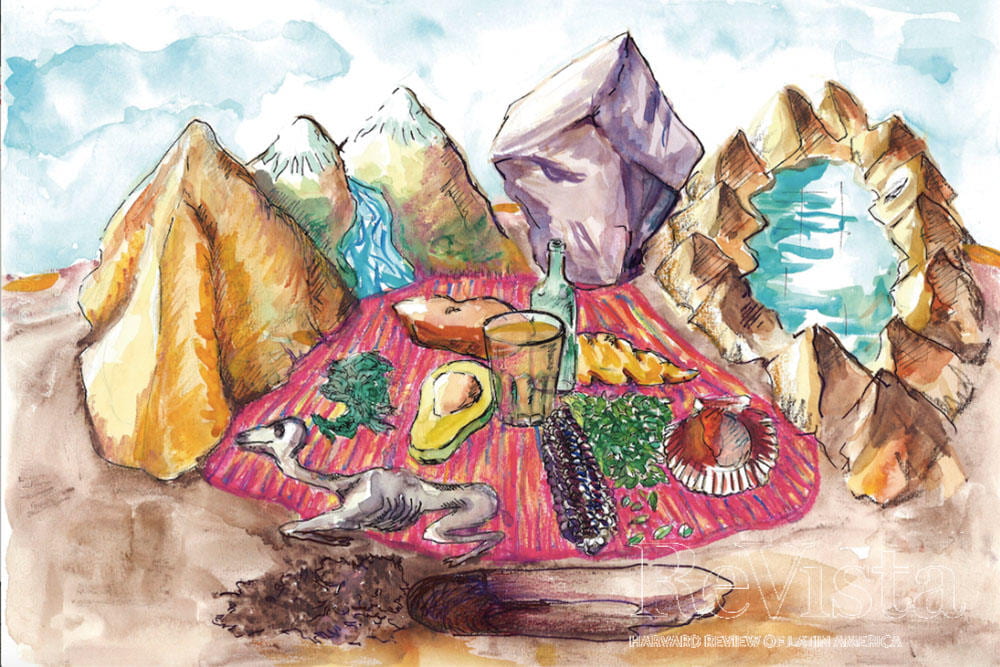
The Food of the Gods
English + Español
At the beginning of the 1990s, I traveled frequently to Osaka. Researchers from the National Ethnographic Museum of Japan were studying the Peruvian highlands, particularly Ayacucho, a state with a long and fraught history…
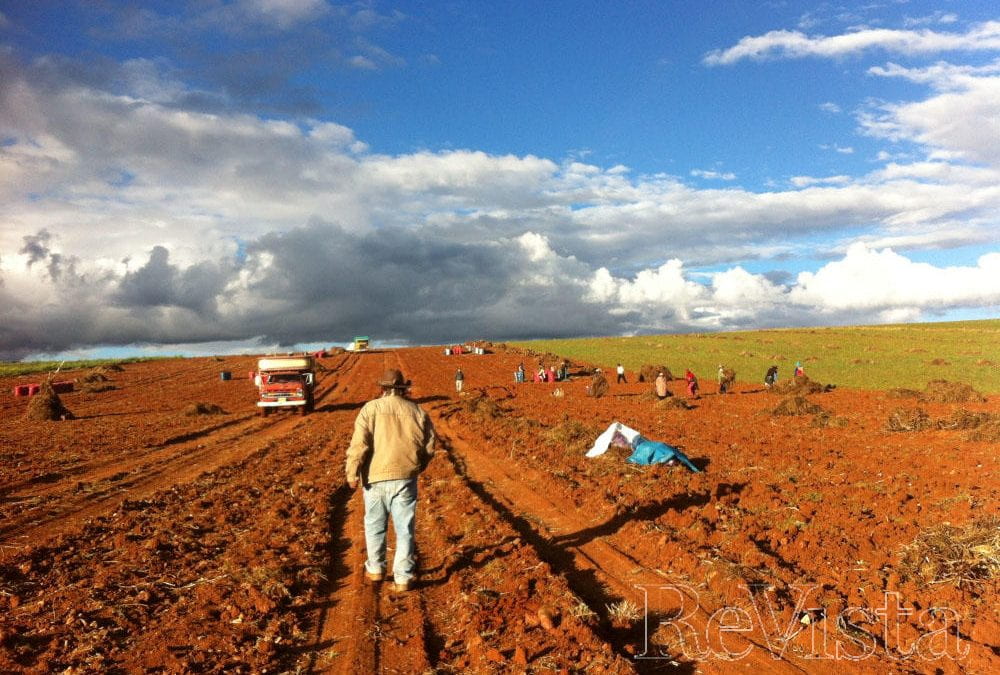
Potatoes!: Searching for Family Roots in the Peruvian Andes
We Peruvians love potatoes. Not only because we can claim the origins of the tuber here in the Andes, and because we have more than 2,000 varieties, but also because they are part of our daily lives —and tables.
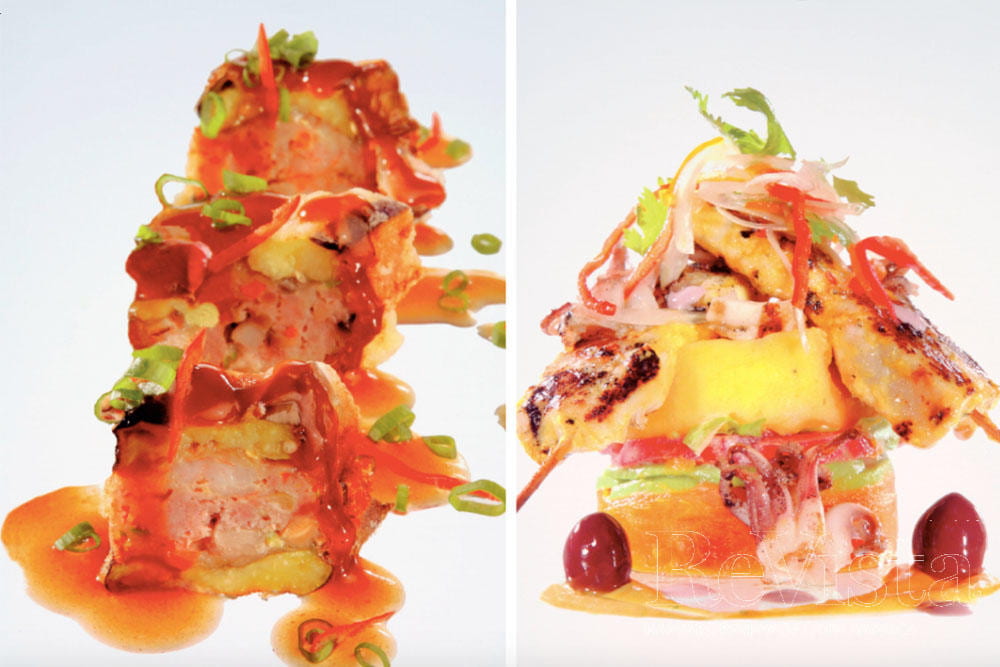
Gastón Acurio: A Recipe for Success
In the fall of 2012, my good Peruvian friend, Germán Echecopar, a professor at Universidad Adolfo Ibáñez in Chile, approached me to consider developing a teaching case on Gastón Acurio, the well-known Peruvian chef and restaurateur. As executive director of the Harvard Business School Latin America Research Center (LARC), based in Buenos Aires, I helped HBS faculty with their field research in the region.
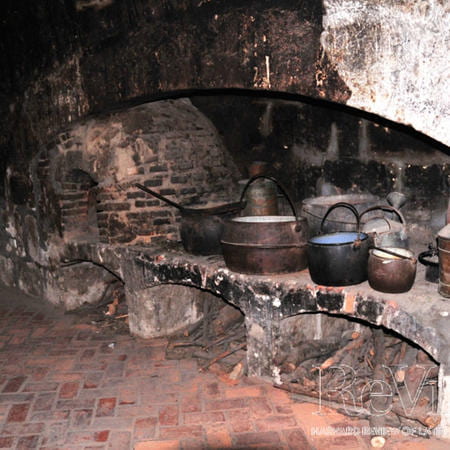
Culinary Fusion and Colonialism
Gastón Acurio, perhaps the best-known public figure in Peru, informs his viewers in Patricia Perez’ documentary, Mistura: The Power of Food (2011) that his mission is to “create the most beautiful restaurants in the world’s most beautiful cities.” Acurio studied culinary arts in…
The Arts
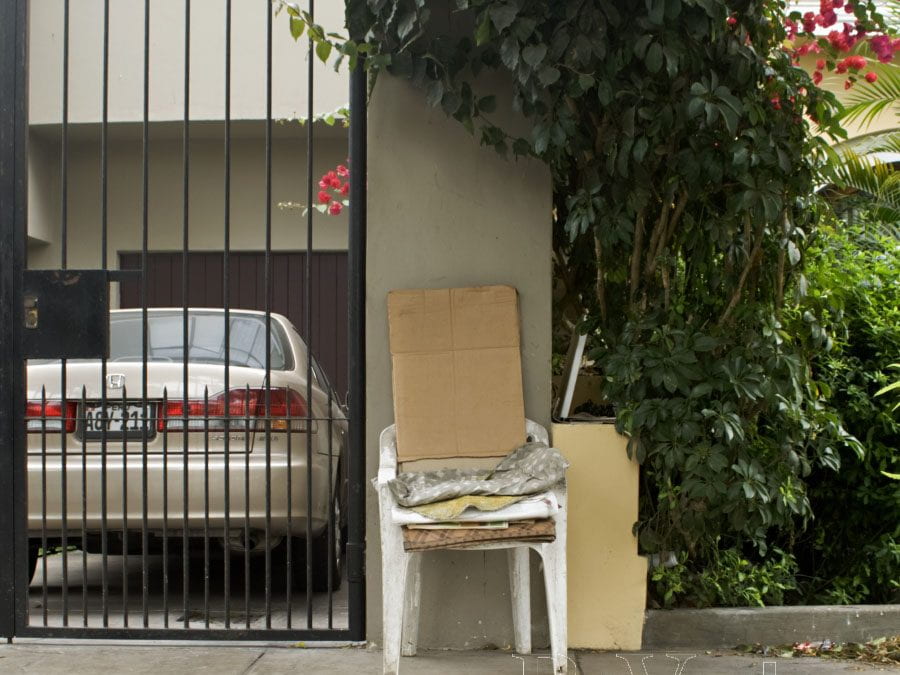
Colonial Shadows: Obstacles For Imagining Community
English + Español
Peru is immersed in a new wave of capitalist modernization; its market has expanded in an extraordinary fashion and social mobility is now possible. However, we are still far from conceptualizing ourselves as a nation or an imagined community, to use Benedict Anderson’s…
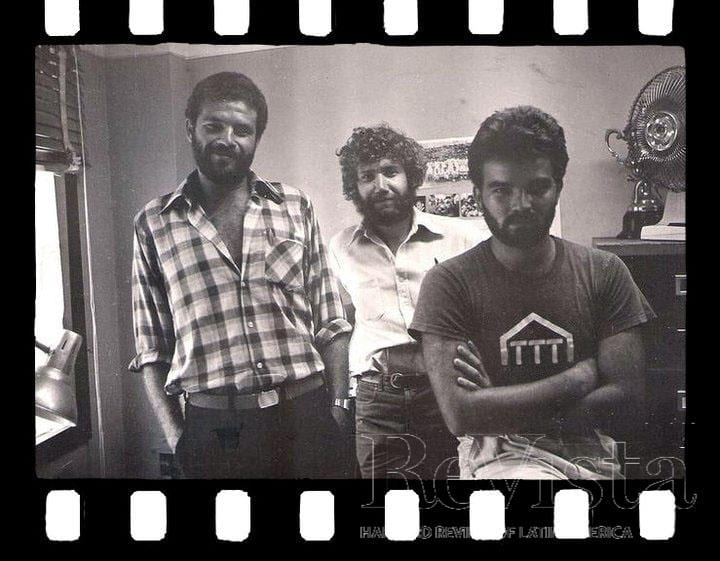
Six Young Peruvian Poets
English + Español
The years 1980-1992 marked an electoral democracy in Peru; a period that is a parenthesis between two dictatorships, one military and the other civic-military—but a period strongly affected by bloody civil conflict. Framing this democratic period, two new constitutions (in 1979 and 1993) actually took effect during two dictatorships.
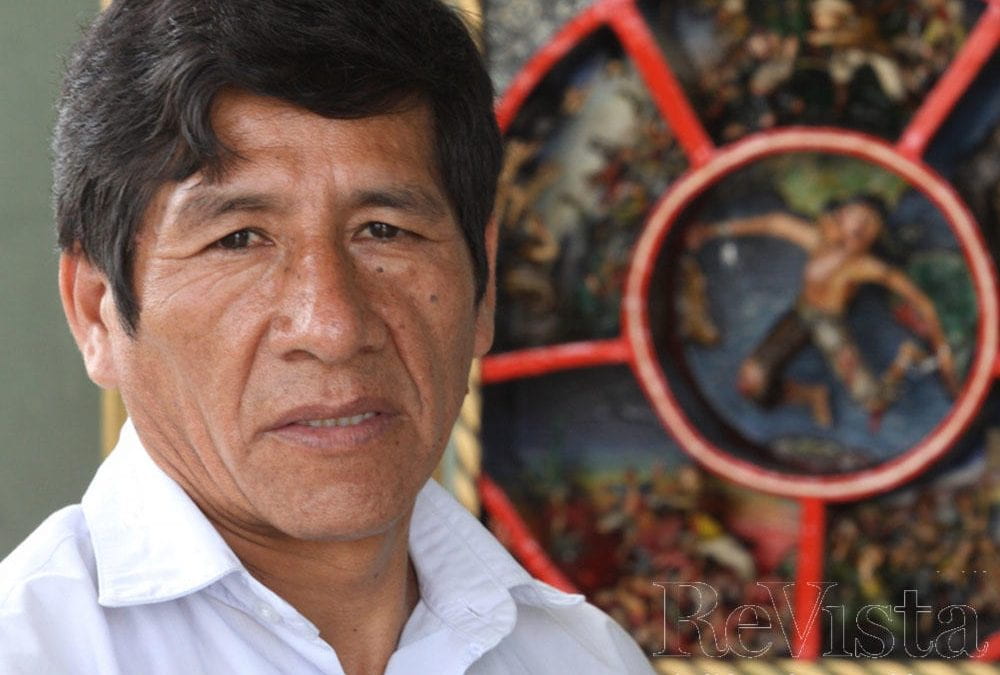
Political Violence and the Colors of Art
English + Español
Ayacucho is the mecca of Peruvian handicrafts with more than sixty types of crafts, ranging from ceramics to textiles. Historically, this small city, nestled into the mountains of southwestern Peru, has also been the capital of violence and poverty. It is also known as the cradle…

Peruvian Literature
English + Español
With more than sixty languages still in use, each with a rich oral tradition, it’s difficult to talk about a single national body of literature in Peru. From the start, the concepts of nation, modernity and literature have revealed more about the country’s social and cultural lack of…
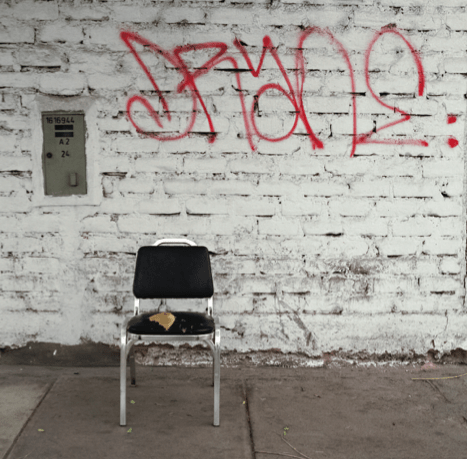
The Nu LatAm Sound
Inside underground Peruvian discothèques, a duo known as Animal Chuki forms part of that sound inherent to the Latin American flavor and groove that they carry in their blood. In a hot…
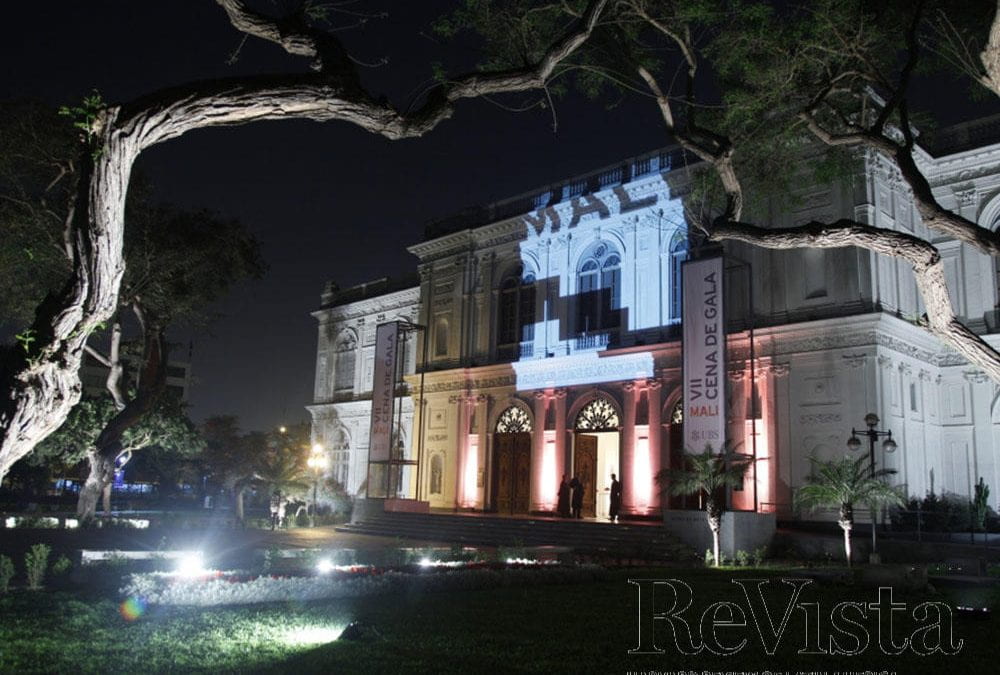
Institutionalizing the Lima Museum of Art
Juan Carlos Verme’s connection to the Lima Museum of Art (MALI) began in 1988 when, at the age of 23, he returned to his native Peru from Switzerland, where he spent most of his childhood. As an adolescent in Zurich, he discovered the Kunsthaus and went weekly to see the medieval, modern and contemporary art exhibits.
Legacies of the Pasts
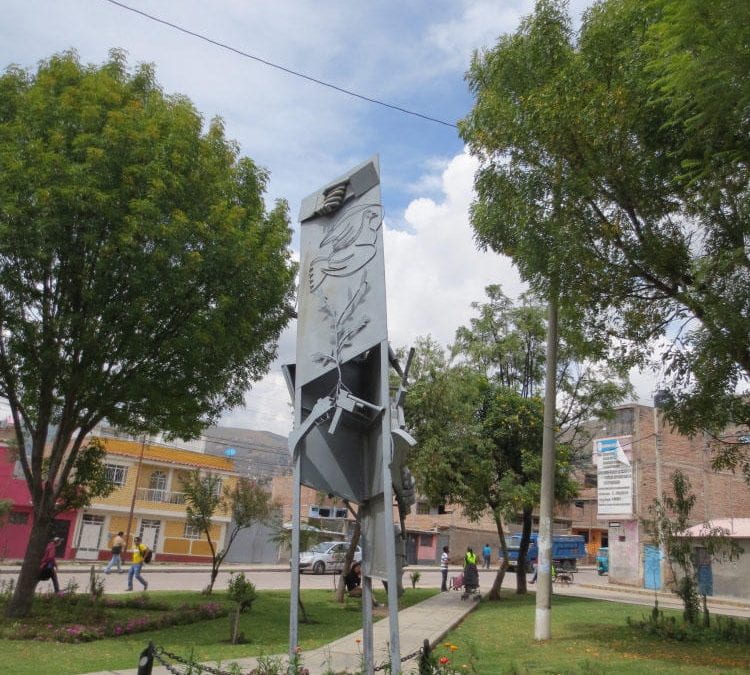
Peace and Reconciliation
English + Español
Eleven years have gone by since the Peruvian Truth and Reconciliation Commission presented its final report. The report reconstructed the history of many cases of massacres, tortures, murders and other serious crimes. At the same time, it contributed an interpretation of the…
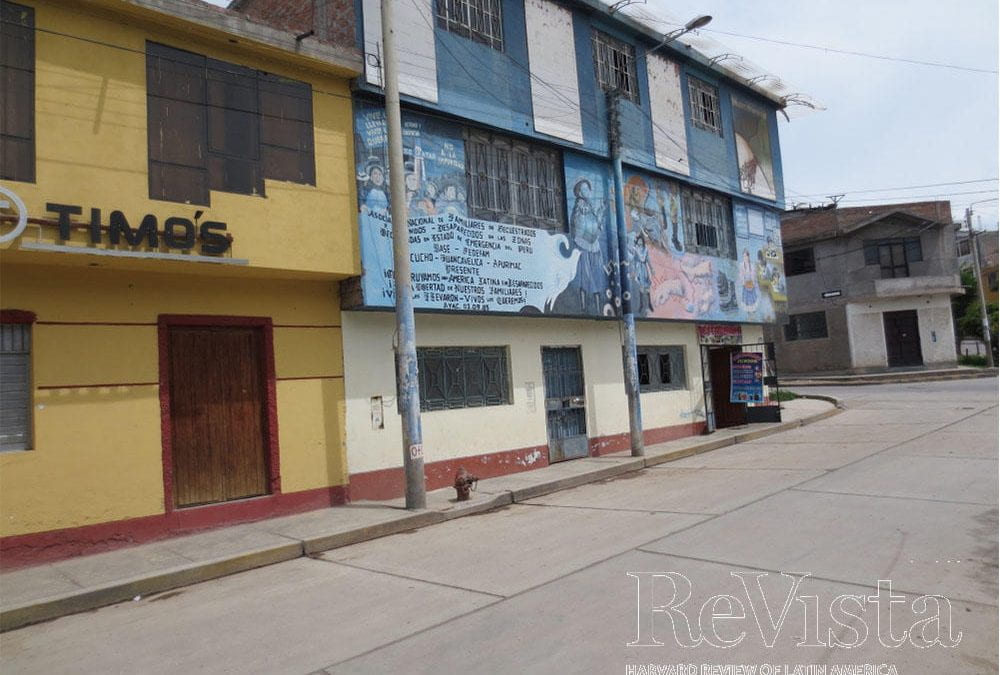
A Road Less Traveled By
In mid-1992, Peru’s Shining Path guerrillas were winning. They had Lima under siege. Electricity was erratic, and water even more so. On July 16, their bombs destroyed banks, businesses and an apartment building in the middle-class Lima district of Miraflores, with many innocent lives lost.
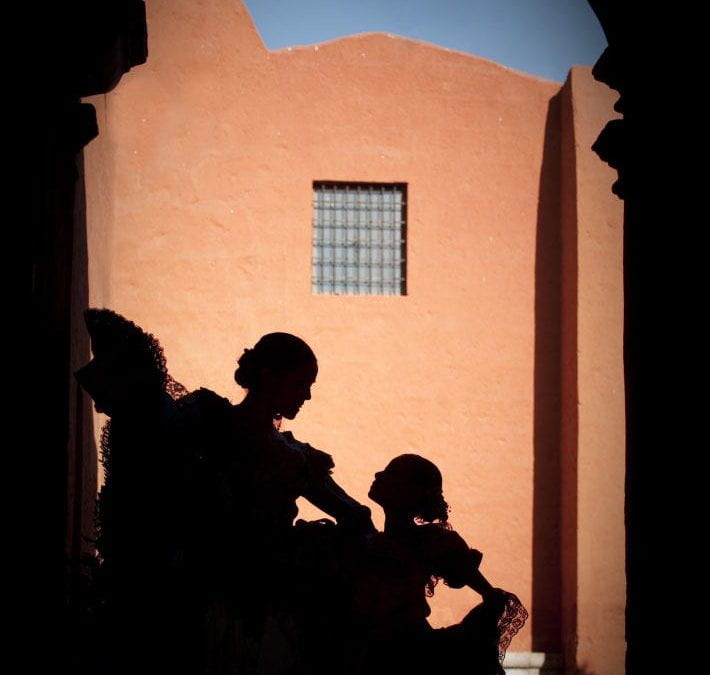
First Do No Harm
In 1997, I set out with a research team to rural communities in Ayacucho to conduct a needs assessment for Health Net International. Although our focus was on primary health care, it was impossible to ignore the central concern of many women and their loved ones. Something was terribly wrong.

Afro-Peru
English + Español
For over three centuries, streams of people, the smoke of incense, and the sounds of horns, bells and hymns have filled the streets of Lima in late October. Each year tens of thousands of Peruvians pay homage to a fresco of a crucified Christ painted by a 17th-century Angolan slave…
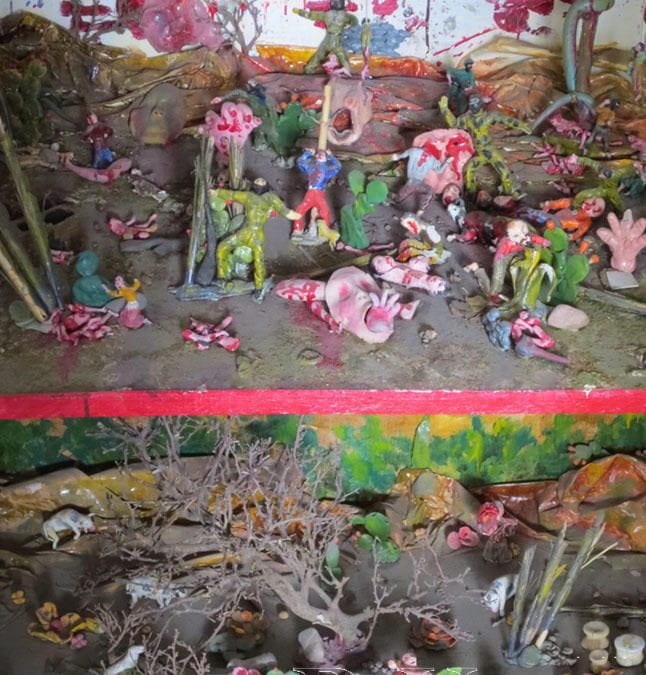
“Uncontacted” Peruvians
In October 1987, the World Wildlife Fund asked me to look into charges that workers in Peru’s Manu National Park were violating the human rights of the resident Machiguenga Indians. The leader of Tayakome, one of the few native villages in the park, had accused a park guard of kidnapping one of the local women.
Making a Difference

Making a Difference: A Look at Microfinance
I spent ten months working for Natik, a small non-profit organization that supports grassroots organizations around San Cristóbal de las Casas and Santiago Atitlán, Guatemala. One of these projects is a microfinance fund called Veredas…
Book Talk
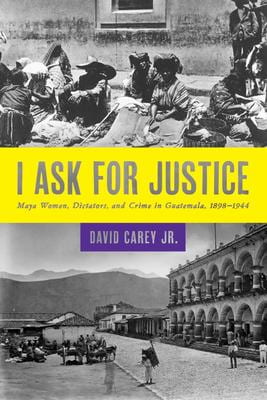
I Ask for Justice: Maya Women, Dictators, and Crime in Guatemala, 1898–1944
On May 10, 2013, General Efraín Ríos Montt sat before a packed courtroom in Guatemala City listening to a three-judge panel convict him of genocide and crimes against humanity. The conviction, which mandated an 80-year prison sentence for the octogenarian, followed five weeks of hearings that included testimony by more than 90 survivors from the Ixil region of the department of El Quiché, experts from a range of academic fields, and military officials.
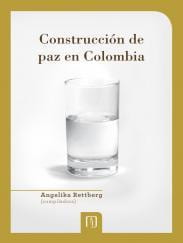
Construcción de paz en Colombia
On June 15, 2014, Colombians reelected President Juan Manuel Santos for a second term by a six-point margin in one of the most hotly contested elections in recent years. The 2014 presidential election was a de-facto referendum on the country’s peace endeavor.
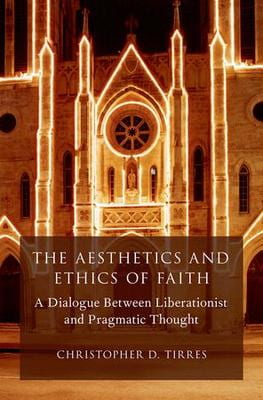
The Aesthetics and Ethics of Faith: A Dialogue Between Liberationist and Pragmatic Thought
A young boy witnessing a reenactment of the Passion Story in San Antonio, Texas, screams at his mother as Roman soldiers “whip” Jesus: “Mommy, call the police, that’s wrong! They just can’t hit him like that!” The aesthetics of the Good Friday rituals at San Fernando Cathedral evoke empathy and a call for action.
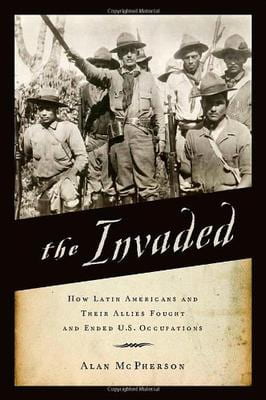
The Invaded: How Latin Americans and Their Allies Fought and Ended U.S. Occupations
There was a time when U.S. naval officers were tasked with running entire countries. They did their best. In Nicaragua from 1912-1933, Haiti from 1915-1934 and the Dominican Republic from 1916-1924, contingents of Marines directly administered or determined who ruled
